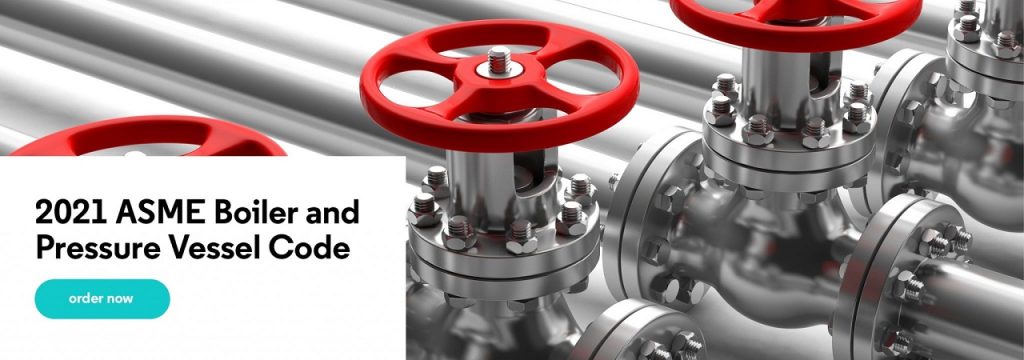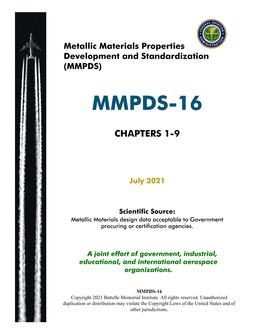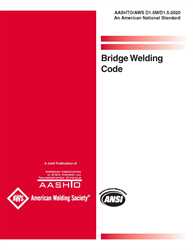
Top Selling
-
Product on sale
 MMPDS MMPDS-16Original price was: $809.00.$404.50Current price is: $404.50.
MMPDS MMPDS-16Original price was: $809.00.$404.50Current price is: $404.50. -
Product on sale
 NAS 410 Rev. 5Original price was: $109.00.$54.50Current price is: $54.50.
NAS 410 Rev. 5Original price was: $109.00.$54.50Current price is: $54.50. -
Product on sale
 AWS D1.5M/D1.5:2020Original price was: $440.00.$220.00Current price is: $220.00.
AWS D1.5M/D1.5:2020Original price was: $440.00.$220.00Current price is: $220.00.
